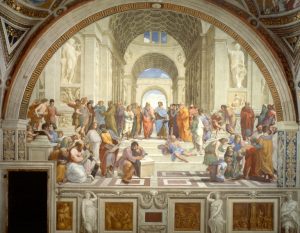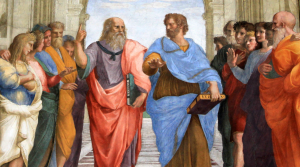- The final requirement for our course will be a final post on your blog, responding to the following reflective prompt. This posting will need to present a minimum of 750 words and make up for 10% of the overall course grade.
- Please entitle this posting as follows: “Rhetorical Criticism – Final Reflective Blog Post”
- Create this reflective blog post on your own blog by 5:30 pm on May 6th. The instructor will be available for consultation online during the final exam period. Feel free to join the Zoom room by clicking the link that will be provided for the final.
Purpose: The purpose of our final blog posting requirement is to demonstrate your knowledge of rhetorical criticism, how your analytical skills have developed in ENGL 301, and how you will use your knowledge/skills in future rhetorical situations.
Task: To complete this blogging requirement, write a reflective argument on how you have accomplished or are still working on accomplishing our course outcomes.
Introduction
Begin your reflective argument with an overview of your experience this semester in learning how to analyze and practice creating documents, including a clear thesis about your development as a rhetorical critic.
Body Paragraphs
The body of your argument should present an accurate assessment of your growth of knowledge and skills (rather than to show only your previously existing strengths). Each body paragraph should open with a topic statement, which contains a clear and insightful claim about how you have fulfilled each learning outcome for the course:
- explore historical and contemporary definitions of rhetoric;
- gain an increased awareness of the relationship between the nature and functions of rhetoric;
- investigate and understand how rhetoric acts to persuade us and/or shape our identities;
- explore as your own effectiveness as a rhetor (writer, speaker, communication, persuader, etc).
Develop the body paragraphs with specific examples of the knowledge and skills developed through the course material, activities, and assignments. More specifically, you should support your argument by referring to some of the course texts (textbook chapters, handouts, or videos shown in class, etc), class discussion and activities, and all of the major projects (course blog and Critical Essays #1 & 2) that you have completed for ENGL 301 – Rhetorical Criticism.
You can also make direct references to parts of your own work (link to other blog postings, quote parts of your essays, etc) to inform your reader about the outcomes of these processes, discussing your use of rhetorical principles in your projects. In addition, you should add statements to explain—as specifically as you can—how you will use your current analytical skills in future course work, in your major, and during your prospective career. (Or you may save this discussion to the conclusion.)
Conclusion
A strong conclusion will not just re-state the introduction. It will leave the reader with an understanding of what you have learned as well as what you are still working on as a growing critic. Provide a look to the future.
*The rubric is available on Canvas.








